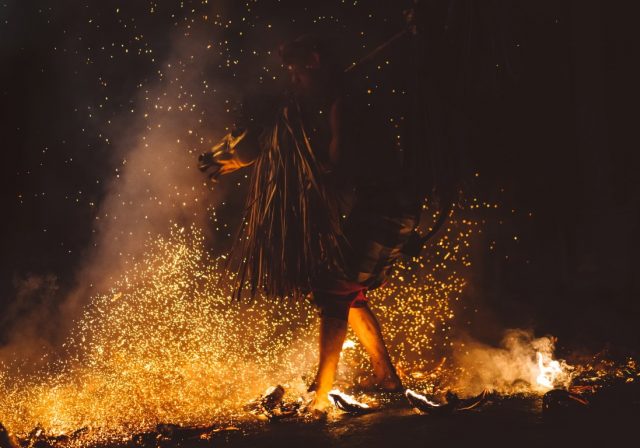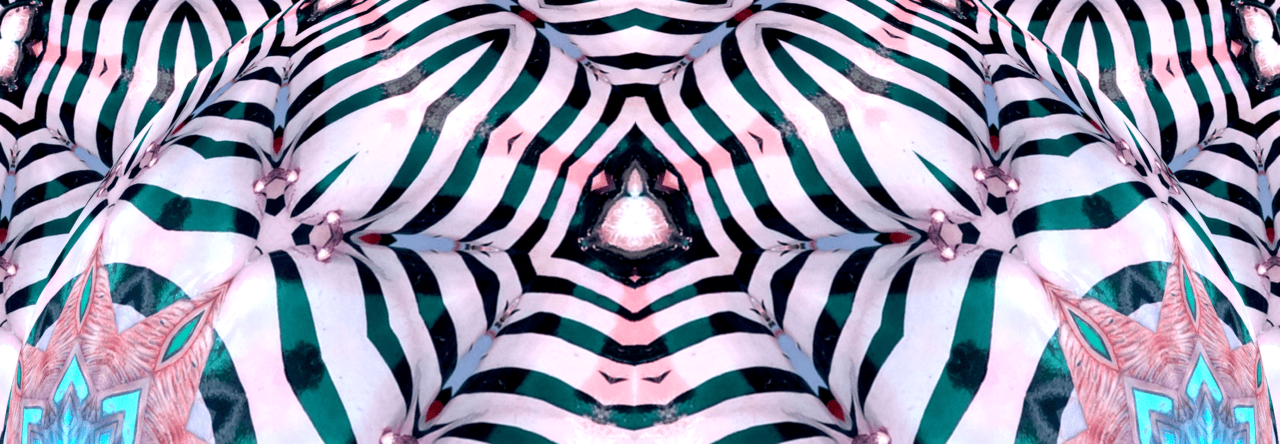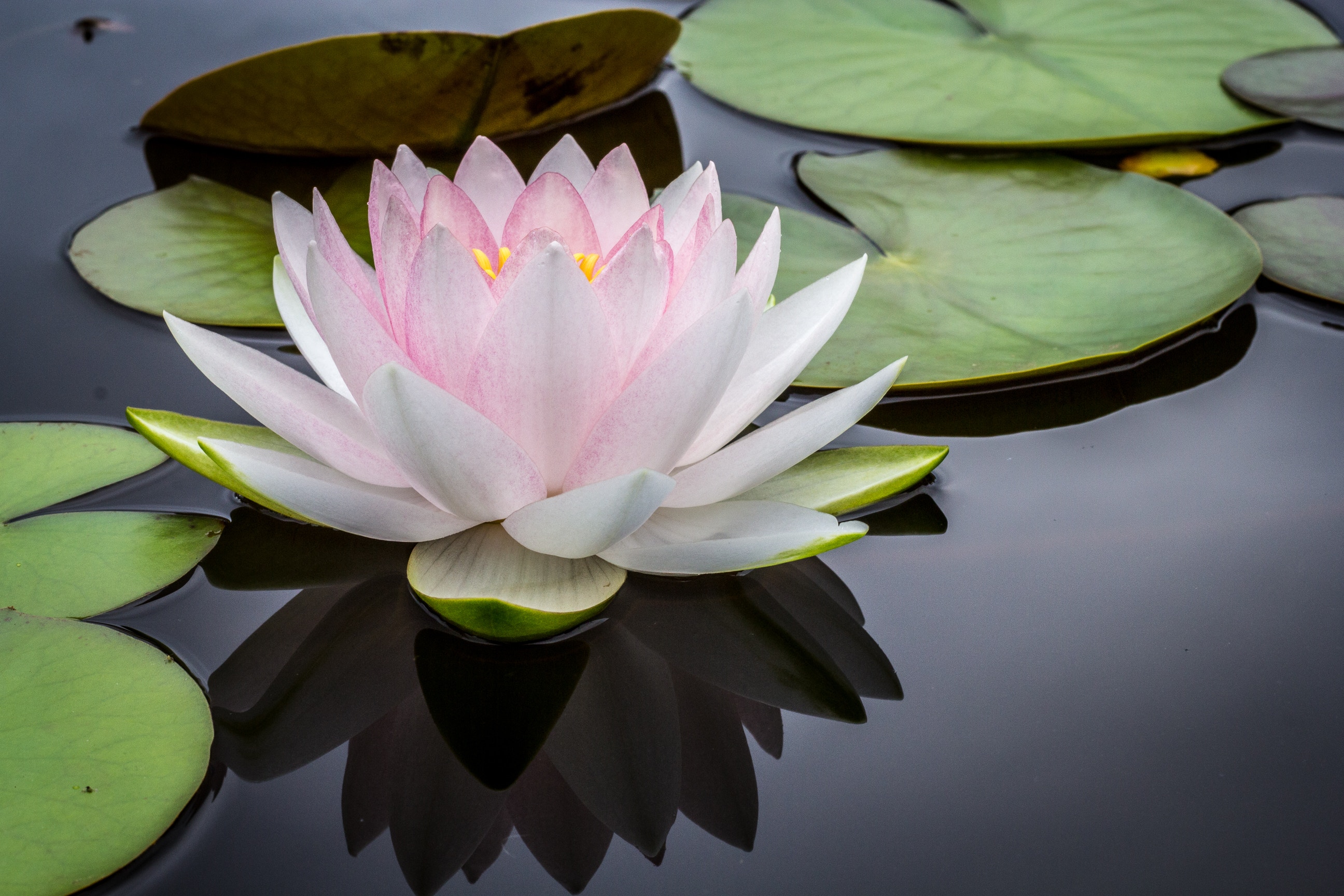There are all kinds of pain. There’s the pain we choose to ignore, even though we know it is there. There’s the pain we block unconsciously or because we don’t have the awareness not to. There’s the pain we consciously overcome because we must. And there are extremes of pain, from what we can to what we cannot tolerate, too.
But what is pain? Does it always mean that we’ve hurt something? What is it trying to tell us?
Many years ago, perhaps about 2006 or so, I went to one of those workshops where everyone walks on hot coals to demonstrate the power of mind over matter. It was winter time in the mountains of North Carolina, and there was snow on the ground. And good thing too!
I watched as everyone’s excitement grew, the energy being raised higher and higher with drumming and chanting. I was amazed as one person after another got in line for their turn and then walked across. Some walked very quickly, like it hurt, others just stood there in the middle of the blackened, red-hot coals as if they were defying the heat to burn them.
I observed and did my best to clear my mind. I neither wanted to hold a thought of fear that we were all nuts and that I was about to regret this, nor one of certainty that I would succeed unscathed. In fact, I didn’t want to think.
When something in me drew me forward toward the top of the six to eight foot long track of hell, I took a deep breath and walked. I was deliberate but did not tarry. Man, was that hot! I was so relieved when I got to the other side and stepped off onto snow.
My joy at having overcome my fears was quickly diminished by the growing searing pain coming up from my feet. I pretended as if everything was fine. I looked around. Was I looking at other people pretending everything was fine? It didn’t seem so. Some people were going back for seconds! I kept blessing the snow, standing there in my bare, burnt feet, in agony and growing fear.
Following the ceremony, I confessed to the facilitator that I was in serious pain. She helped me hobble back to the house and shared her certainty that I was not injured and that it was more about the massive energy I had just experienced. I wasn’t so sure in that moment, but she turned out to be right. She said I simply needed to receive that energy, be with it, allow it to flow. I didn’t quite know how to do that, but I set that intention. And I was absolutely fine the next day. I ended up with one teeny, weeny blister that didn’t even hurt when I walked.
Why am I sharing this? It’s a great story to remind us that pain is not an indicator of actual damage. Pain tells us that something is a threat, that we may be injuring ourselves. It alerts us that we need to change what we’re doing or become aware of something we’re missing. For me, it was an indication of two things: 1) once across the fire was enough for me and 2) there was a surging energy that I needed to allow to flow. I’ve no doubt that if I hadn’t worked with the energy of the pain I was feeling, I would have woken up unable to walk the next day, the soles (and souls) of my feet scorched. And I am also sure if my ego had convinced me to walk across the fire a second time, like everyone else, I would have regretted it.
It is natural to feel averse to pain and not want it in our lives, but it is not a mean or evil thing. In fact, it is entirely necessary, protective and loving. If we ignore it, we certainly pay the price, especially long term. But we need not fear it. Nor should we buy into the story that it is a life sentence that means more than it does. Today’s pain can easily evaporate tomorrow. Pain calls us to reflection, evaluation, and action. It’s that simple. Everything else is what we build around it with our disaster-fascinated minds and egoic pride.
So the next time you find yourself experiencing pain in yoga class, consider the message. You may still have time to heed it and prevent a bigger problem.



